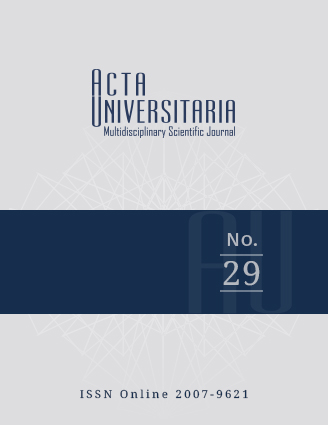Urban growth of Ciudad Juárez Chihuahua (1920-2015): Hypothesis about impacts on the land use and land cover and depletion of the urban aquifer
Published 2019-11-06
How to Cite
Abstract
The rapid urban growth on a global scale, and its negative effects on the natural underground water system, are attributed mainly to the concentration of population registered in urban areas. In this paper, the urban growth of Ciudad Juarez (1920-1940; 1940-1950; 1950-1960; 1960-1970; 1970-1980; 1980-1990; 1990-2000; 2000-2010 y 2010-2015), the changes in coverage and use of urban land, and the depletion of the urban aquifer were analyzed. The results are derived from the statistical and spatial correlation between the covariates generated: Rates of Change of Historical Urban Growth (TCCUH: %), Rates of Change of Urban Land Use (TCUSU: %), Population Growth (Population: %), and Rate of Change in Abatement (TCA: m year-1). The growth was 35 222 ha. The use of housing is closely linked with industrial use and services. The static level of the aquifer showed an average TCA of -0.53 m year-1. The covariates that best explained the TCA are TCCUH and TCUSU. From the analysis of the behavior of the urban growth in function of the land uses, it is concluded that, of the uses, housing is among those which demand a greater water resource.

